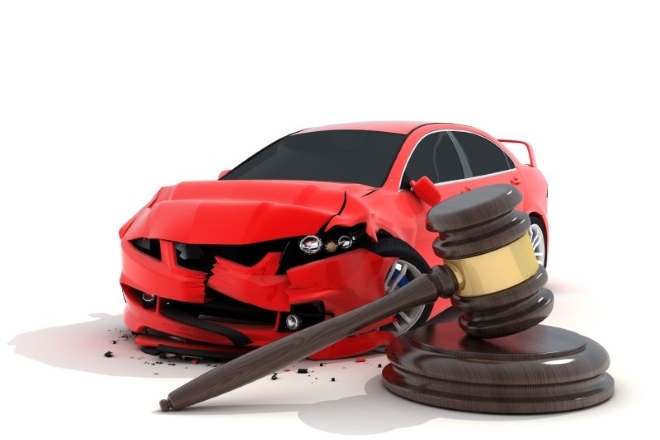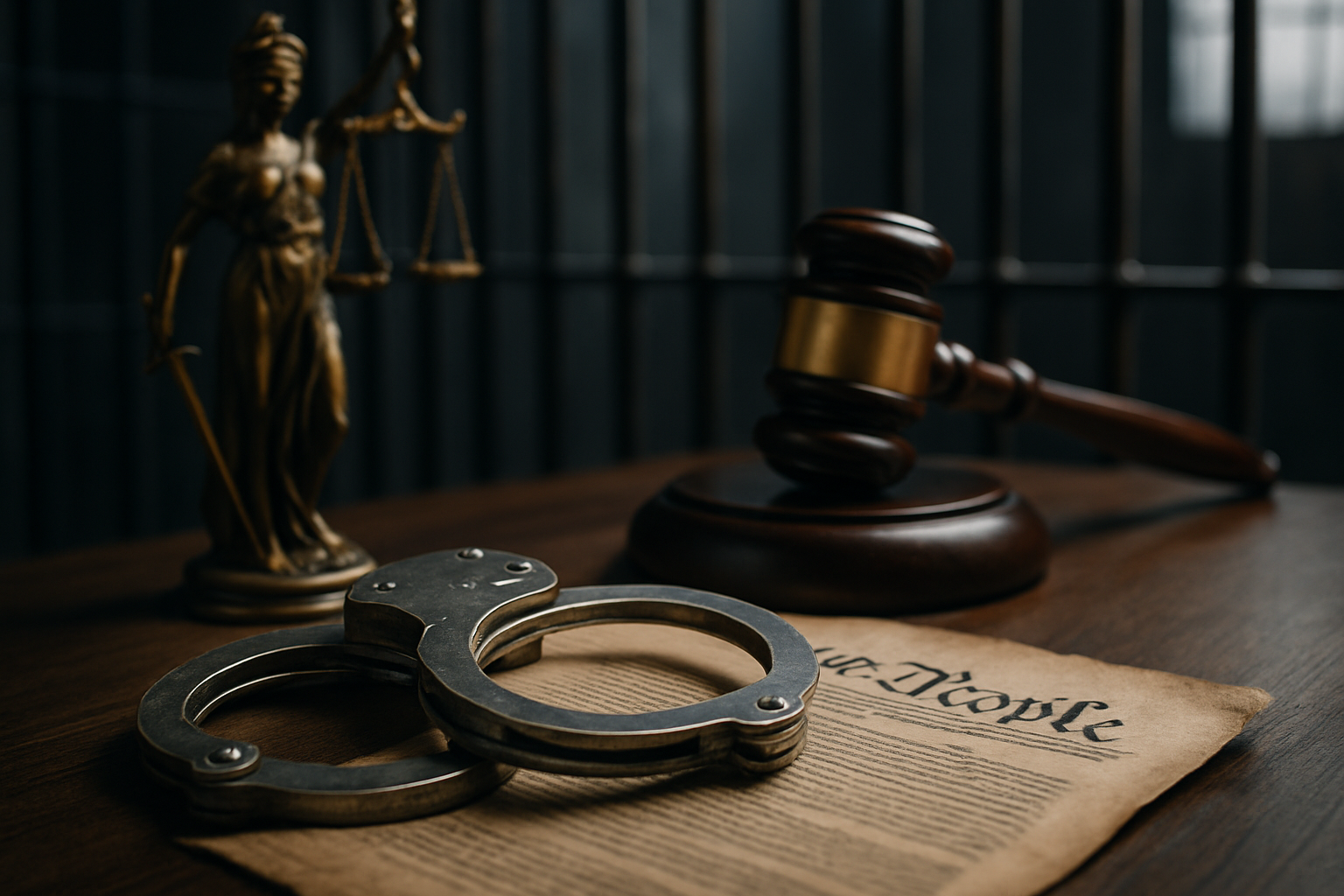Comprehensive Accident Reports: How to Get the Legal Insights You Need
Accidents happen unexpectedly, and when they do, it’s crucial to have accurate and detailed reports that provide clear information about the incident. Whether you’ve been involved in a vehicle collision, workplace accident, or any other type of personal injury event, obtaining a comprehensive accident report can be a key factor in determining liability, compensation, and legal recourse. In this article, we will explore the importance of accident reports, how to obtain them, and why having a detailed report is essential for your case.

Why Accident Reports Are Essential
Accident reports serve as official documentation of an incident, creating an objective record of what transpired. These reports are typically prepared by law enforcement officers, workplace safety officials, or other authorized personnel who arrive at the scene. They contain crucial details that become invaluable during insurance claims and potential legal proceedings.
First, accident reports establish a timeline of events, documenting when and where the incident occurred. This temporal and spatial information helps prevent disputes about basic facts later on. Second, these reports often include witness statements and contact information, providing third-party perspectives that can corroborate or clarify what happened. Finally, accident reports frequently include preliminary assessments of fault or contributing factors, which can significantly influence how insurance companies and courts view responsibility for the incident.
How to Obtain an Accident Report
Securing an accident report varies depending on the type of accident, but the process generally follows similar paths across different scenarios. For traffic accidents, reports are typically filed with the local police department, highway patrol, or sheriff’s office that responded to the scene. Most jurisdictions allow individuals to request copies either in person, by mail, or increasingly, through online portals.
To obtain a report, you’ll need basic information about the incident, including the date, time, and location of the accident, as well as the names of individuals involved. Many agencies charge a nominal fee for copies, ranging from $5 to $25. Workplace accident reports are typically filed with employers and the Occupational Safety and Health Administration (OSHA), and employees have a right to access these documents. For incidents on private property, such as slip and fall accidents, you may need to file an incident report with the property owner or manager and request a copy for your records.
It’s advisable to request these reports as soon as possible after the incident, as some jurisdictions have specific timeframes during which reports remain readily accessible before being archived.
The Role of Accident Reports in Legal and Insurance Cases
Accident reports form the foundation of many legal and insurance proceedings. Insurance adjusters rely heavily on these documents when determining claim approvals and settlement amounts. The initial fault assessment in these reports often serves as a starting point for their investigations.
In legal settings, accident reports can be powerful evidence. While they may not be conclusive on their own, they carry significant weight because they’re created by objective third parties, usually immediately after the incident when memories are fresh and physical evidence is still present. Attorneys use these reports to build narratives about what happened and who bears responsibility. They serve as jumping-off points for further investigation, helping legal teams identify which witnesses to interview or what additional evidence to gather.
Many successful personal injury cases begin with a thorough accident report that clearly documents injuries, property damage, and potential liability. Without this documentation, proving your case becomes significantly more challenging.
Key Elements to Look for in an Accident Report
When reviewing your accident report, pay particular attention to several critical components that could impact your case. First, check that all basic information is accurate—names, dates, times, locations, and contact details. Even small errors in these fundamentals can create complications later.
Examine the narrative section carefully, as this contains the responding officer’s or official’s description of what happened. This narrative should align with your recollection of events. The diagram or sketch of the accident scene is another vital component, as it visually represents positions of vehicles, people, or hazards involved in the incident.
Look for documented statements from witnesses and parties involved, ensuring these accurately reflect what was said. Finally, review any citations issued or violations noted, as these can strongly influence liability determinations. Many reports include a preliminary fault assessment, which, while not definitive, often carries significant weight with insurance companies.
If you spot errors or omissions in any of these elements, it’s important to address them promptly through official correction procedures.
Common Issues with Accident Reports and How to Resolve Them
Despite their importance, accident reports are not immune to problems. Inaccuracies are perhaps the most common issue—responding officers may misunderstand descriptions, transpose numbers, or make simple human errors when documenting complex events. If you identify inaccuracies, most jurisdictions have formal amendment procedures that allow for corrections, though these typically must be initiated promptly.
Incomplete reports represent another frequent challenge. In chaotic accident scenes, important details may be overlooked or witnesses may leave before being interviewed. In such cases, you might need to supplement the official report with additional documentation, such as photographs you took at the scene or statements from witnesses the officers didn’t interview.
Sometimes accident reports contain conflicting accounts, especially when multiple parties provide different versions of events. When faced with such discrepancies, additional evidence like surveillance footage, dashcam videos, or expert testimony may become necessary to clarify what actually occurred.
If you encounter serious problems with your accident report, consulting with a personal injury attorney is advisable. They can guide you through the correction process or help develop strategies to overcome deficiencies in the report.
Conclusion
Comprehensive accident reports are invaluable tools in navigating the aftermath of any incident. They provide an objective foundation for insurance claims and legal proceedings while establishing a clear record of what transpired. By understanding why these reports matter, how to obtain them, what role they play in legal contexts, which elements deserve scrutiny, and how to address common issues, you’ll be better equipped to protect your interests following an accident. Remember that timely action is crucial—request your report promptly, review it carefully, and address any concerns immediately to ensure you have the documentation you need when making your case.




